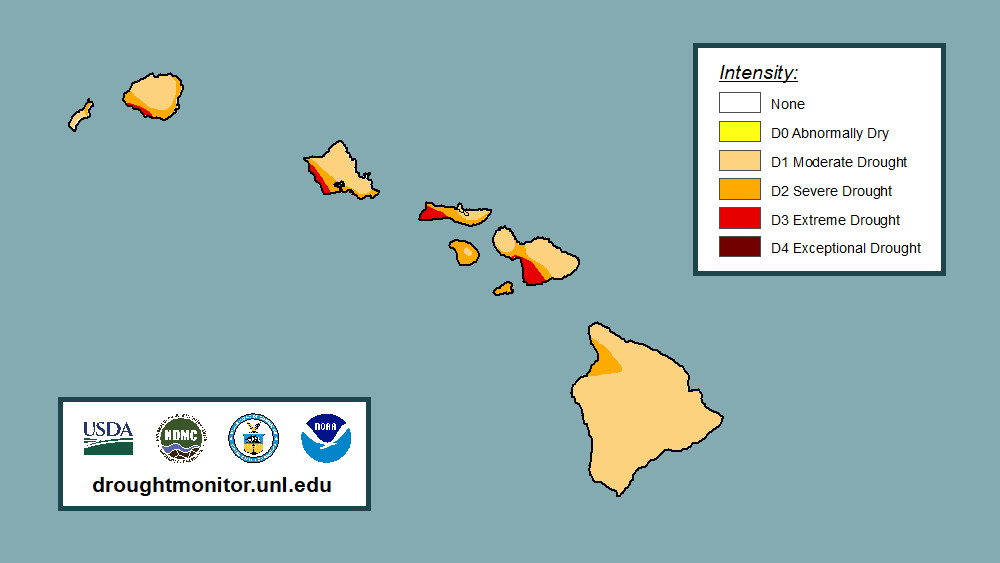The S&P hit a record high on Thursday as investors bet that the Federal Reserve’s jumbo half-point interest rate cut would help deliver a soft landing for the US economy.
Wall Street’s benchmark index jumped as much as 1.9 per cent to a new intraday peak of 5,723.88 before pulling back slightly, amid a global rally that also featured strong gains in European and Asian markets.
Lower interest rates are generally considered positive for stocks, especially in high-growth sectors such as technology, because they encourage economic growth, reduce companies’ debt burdens and spur investment in riskier assets.
Big tech groups were the biggest drivers of the S&P’s advance on Thursday, and the tech-dominated Nasdaq Composite was up 2.7 per cent in late-morning trading. The Russell 2000 index of small-cap companies, which has higher average levels of debt, rose 1.6 per cent.
At the other end of the spectrum, defensive sectors including consumer staples and utilities were the worst performers in the S&P 500.
Strategists at JPMorgan said comments by Fed chair Jay Powell on Wednesday and officials’ revised interest rate expectations reaffirmed a “Goldilocks narrative and should be viewed as positive for the economy and earnings”.
Before Wednesday’s cut, US rates had been at their highest since 2001 as the Fed sought to bring down inflation from the biggest surge in a generation. But with consumer price inflation now at 2.5 per cent, close to the Fed’s 2 per cent target, the central bank has signalled more reductions to come.
In the latest “dot plot” of officials’ forecasts, most expected the rate to fall another half-percentage point by the end of the year, to 4.25 per cent to 4.5 per cent. However, futures markets were pricing in that the Fed would make nearly three-quarters of a percentage point of cuts.
The US gains followed a similarly positive session in Europe. The continent-wide Stoxx Europe 600 index rose 1.3 per cent, while the Cac 40 in Paris was up 2.1 per cent and the FTSE 100 up 0.9 per cent. Japanese stocks also climbed, with the Topix up 2 per cent, led by tech stocks and exporters.
The yen weakened 0.3 per cent to ¥142.77 against the dollar on Thursday. Traders expect the Bank of Japan to hold rates at a policy meeting concluding on Friday.
Sterling was up 0.4 per cent against the dollar at $1.3271, around its strongest level since March 2022 after the Bank of England held interest rates at 5 per cent on Thursday but signalled it may cut them again as soon November.
The Australian dollar, Indonesian rupiah and Chinese renminbi also strengthened against the greenback, although the dollar index, which tracks the US currency against a basket of peers, was up 0.2 per cent.
Bitcoin jumped 4.8 per cent to $63,146.
Economists maintain that lower US interest rates can benefit emerging markets by reducing the cost of dollar financing and other borrowing costs. Lower rates on US bonds can also often make assets from other countries more attractive.
“By slashing real rates and real returns on US dollar bonds, relatively speaking emerging countries are going to do better,” said Trinh Nguyen, senior emerging Asia economist at Natixis.

























/cdn.vox-cdn.com/uploads/chorus_asset/file/25822586/STK169_ZUCKERBERG_MAGA_STKS491_CVIRGINIA_A.jpg)


